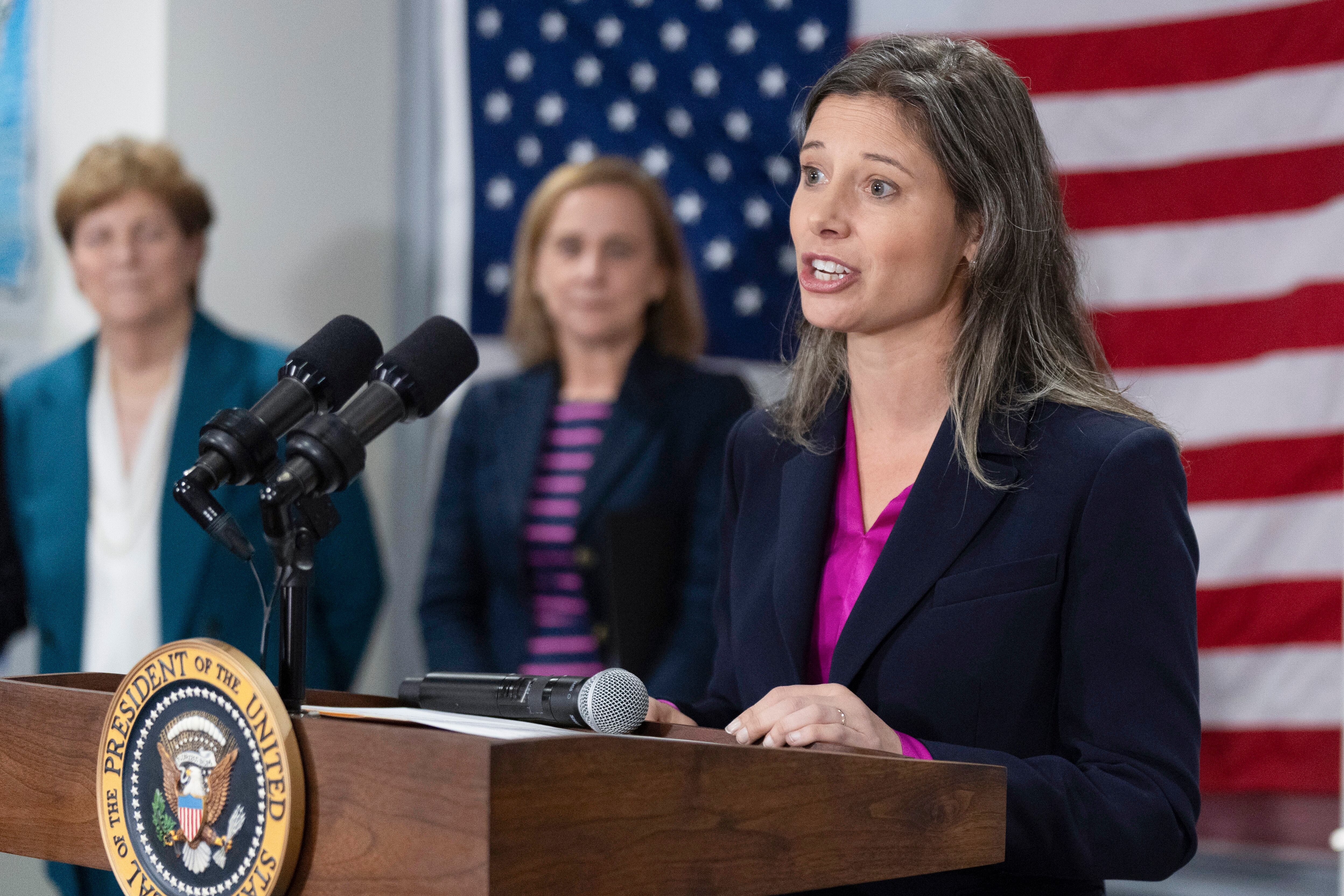As nearly 70,000 students are settling in to the new year at 164 Department of Defense schools around the world, they’re seeing some changes.
Staffing realignments have resulted in the loss of 178 teaching positions, saving the school system about $22 million. But union officials have raised concerns about the school system cutting teaching positions, saying DoD school officials decided to make class sizes bigger for no reason.
Officials have eliminated extremely small classes – those with a handful of students – and consolidated them with other classes. Or those students have the option of taking the courses online through the virtual school offered by the Department of Defense Education Activity, or DoDEA.
Across DoDEA high schools, there were 1,000 classes that had 10 or fewer students, officials said. Some examples of small classes at certain locations include higher-level math or foreign language.
“There were a remarkable number with two, three four students. We just don’t have that level of resources,” said Thomas Brady, director of DoDEA. “An efficient, effective look at the high school level was much needed.”
Officials have also changed the class size requirements, but the teacher to student ratio in the high school classes won’t exceed one teacher per 25 students, he said, noting that the average ratio in public schools in the U.S. is one teacher per 27 students. The elementary school class size will remain the same, at an average of 18 students per teacher; middle school class size will average 17 students per teacher, up from an average of 16 students per teacher last year.
These new middle- and high school staffing standards are the first real change to staffing standards in about 10 years, resulting in a $22 million reduction in costs with those 178 positions being cut. Those teachers -- about 2 percent of DoDEA’s 8,700 educator work force -- were given opportunities to move to other teaching positions; some took voluntary early retirement; others took voluntary separation incentives.
There was no requirement to reduce DoDEA’s budget for the school year, Brady said, but officials determined the money could be used for student achievement in different ways. DoDEA spokesman Frank O’Gara said the funds were reallocated to programs such as the continued implementation of the College and Career Ready Standards, and the tests associated with those courses. Teacher training, curriculum materials, and technology are part of those costs.
Teachers should be the last option for cutting, said Gary Hritz, spokesman for the Federal Education Association, which represents educators in the DoD school system. He noted that costs like technology should already be built into the budget, and that meanwhile, DoDEA headquarters staff has been growing over the last few years. “Rather than cut headquarters staff, they decided teachers are the first thing that goes. I’ve never heard of a school system that did that,” Hritz said.
There are some bright spots in the staffing levels, this year, Hritz said, noting that the number of teachers for the elementary gifted program has been increased for schools with at least 601 students, and the number of teachers of English as a Second Language has increased: one teacher for every 40 students, compared to last year’s requirement of one teacher for every 50 students.
Kelly Hruska, government relations director for the National Military Family Association, said that organization hasn’t heard complaints from parents about the staffing and course changes, but noted the changes just took effect with the new school year.
Also this year:
- The College and Career Ready standards for Science in grades 6 through 12 are being implemented, as DoDEA enters its fifth year of applying the same rigorous standards that have been agreed to by a number of states. Mathematics, Career and Technical Education, World Language and Fine Arts courses are now being taught so that students meet these standards. Social Studies was completed last year in grades 6 through 12. The last step will be the Pre-K through 5 Social Studies standards, to be implemented in school year 2021-22. “It’s important for us to have those national standards so that our children are on par or better as they go back and forth between the public school systems in the U.S., and us,” Brady said.
- DoDEA will expand the tests that measure how well students have mastered the College and Career Ready content standards taught at their grade level and/or course. This school year, students in grades 6 through 12 will take tests in Social Studies, adding to the already-implemented tests in math and literacy. Science tests come the following school year.
Karen has covered military families, quality of life and consumer issues for Military Times for more than 30 years, and is co-author of a chapter on media coverage of military families in the book "A Battle Plan for Supporting Military Families." She previously worked for newspapers in Guam, Norfolk, Jacksonville, Fla., and Athens, Ga.





